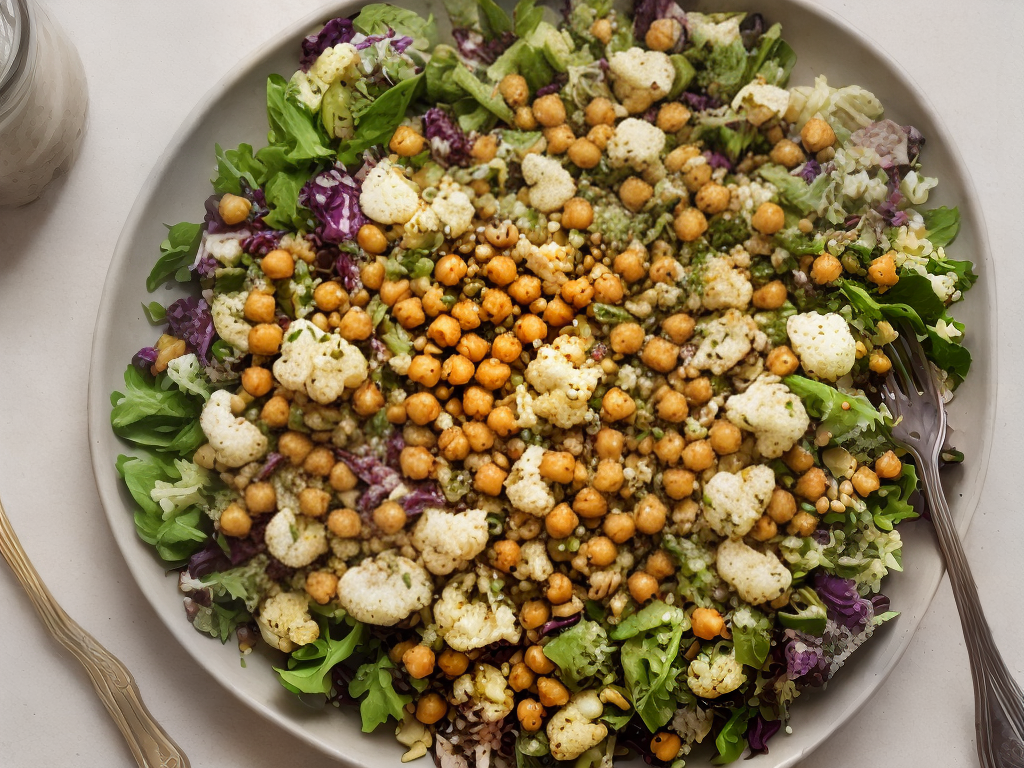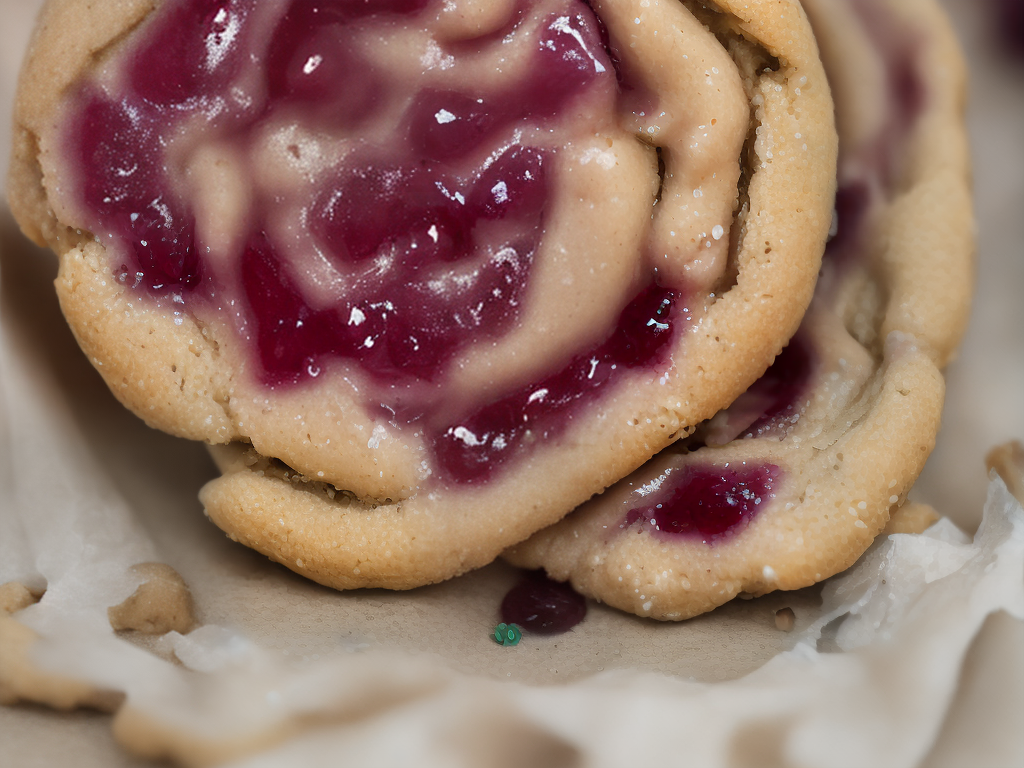Probably one of the most important rules to remember in the kitchen is to clean up after yourself. This means not only washing your hands, but also making sure that you wipe down the chopping boards, as well as the kitchen surface and fridge. In addition, avoiding long and baggy clothes can also help you to keep the kitchen spick and span.
Washing your hands
Keeping your hands clean is one of the most effective ways to prevent germs from spreading to food. It may seem like a small thing, but a germ on your hands can cause many illnesses. Getting sick can cost you money, and can also cause a lot of inconvenience.
You can get sick from germs on your hands, which can spread to your mouth, nose, eyes, and even your tools. You can also get sick from touching something that has germs on it, such as a door handle or computer keyboard.
Handwashing can be difficult, especially if you have busy schedules. It’s also possible that you don’t have the proper supplies or equipment to do the job right. You might even find that the managers don’t support your hand washing efforts. It’s important to get proper training and supervision.
It’s also a good idea to get familiar with key times to wash your hands. In fact, the CDC recommends 20 seconds for handwashing.
You should wash your hands after touching anything that is contaminated with germs, including raw meat, poultry, seafood, and eggs. You should also wash your hands after touching a baby’s diaper, handling trash, or caring for a sick person.
You should use soap and water to wash your hands. Make sure that you apply soap on your hands, and then lather up the soap and rub it into your palms. You can also use alcohol-based hand sanitizers to kill germs.
You should also use a towel to dry your hands. Use a towel that is disposable or clean. If you are using a communal towel, you could be spreading germs.
Cleaning chopping boards
Keeping a chopping board clean is an important part of food hygiene. You should make sure that you wash your board properly after every use. This will prevent germs and bacteria from spreading to your food.
One of the best ways to clean a cutting board is with dish soap. Seventh Generation dish soap is eco-friendly and tough on dirt and bacteria. It’s also very safe for your hands and is a good all-around kitchen cleaner.
Another good cleaner is a mixture of baking soda and salt. This will help scrub off stains and odors from the board. If you’re dealing with a stained board, try using a half a lemon instead of salt. The citric acid in lemons will help give extra scrubbing power.
You should also wash your board after you use it for raw meat. Cross contamination is a concern. This occurs when a raw meat’s juices come in contact with the food you’re preparing. It’s also important to throw away old cutting boards. This is especially important if the board is cracked or warped.
You can also disinfect your cutting board. This is a quick and easy way to clean it. To disinfect, you will need a few minutes to soak your board in a bowl of hot water with a teaspoon of unscented liquid chlorine bleach. You can then wipe it off and rinse it with water.
You may also want to use a diluted white vinegar and water solution. This will help prevent cross contamination, and it also works as a natural disinfectant. You should use this solution weekly to help reduce contamination.
Wood cutting boards require oiling every so often. A good food-grade mineral oil is available online and in kitchen supply stores. You can also use lemon juice to lift stains and odors.
Keeping pot handles away from the front
Keeping pot handles away from the front of the stove is the number one rule of thumb when cooking with kids. Keeping the lid on the pan until the food cools is also a good idea. This is especially true if the kids are in the kitchen. A fire involving a hot pot of liquid could be a real bear in a hurry.
Another no brainer is to keep your kitchen free of loose items. Especially on the stovetop, loose clothing can catch fire. The aforementioned rule of thumb applies to the microwave as well. Using the microwave to make popcorn is a bad idea as the microwave can produce hot air in an instant. The microwave is also a prime source of germs. It is not a good idea to let the kids cook in the microwave, or to leave the kids in the kitchen while you tinker away at a cooking station.
The best way to keep children safe is to educate them about kitchen safety. While cooking is a great pastime, it can be a hazard. You want to make sure they are supervised when they are putting on or taking off their aprons, and you should also teach them about the dangers of cross contamination. This includes using oven gloves when removing food from the oven. Likewise, never place hot food on the table while the children are eating. A good kitchen safety plan will keep everyone safe and happy. This includes a good mix of fun and games and strict rules. The best way to do this is to have a family kitchen rules sign, and a kitchen rule book.
Keeping your fridge clean
Keeping your fridge clean is a crucial part of keeping your family safe from illness. When your fridge is clean, it will not only protect your family’s health, but it can also extend the life of your food.
Cleaning your fridge will prevent the growth of pathogens and mold. The temperature in your refrigerator can affect the growth of bacteria. Make sure your refrigerator is set to 41degF (5degC) or below. You should also check the expiration date of all food. This will help you avoid food poisoning.
Raw meat should be stored in a separate container. If you leave raw meat out of the fridge, you will increase your risk of contracting a foodborne illness. It is also important to clean the inside of your fridge when it has a moldy smell.
You should clean the shelves of your fridge every week. This will make you more aware of your shared space. Placemats can be used to keep the shelves clean.
It is also a good idea to put up a weekly cleaning schedule. Post it in your digital calendar and have each person in your family follow it. This will ensure that everyone is responsible for maintaining the refrigerator.
You can also use a microfiber cloth to wipe the inside of your fridge. This will help keep your food fresher and prevent cross-contamination.
You should clean your fridge regularly to prevent the growth of bacteria. You can also help prevent mold by storing food in airtight containers.
Raw meat and other perishable foods should be removed from the freezer before putting them in the refrigerator. You should also measure the temperature to make sure it is at 41degF (5degC) to prevent pathogens from growing.




